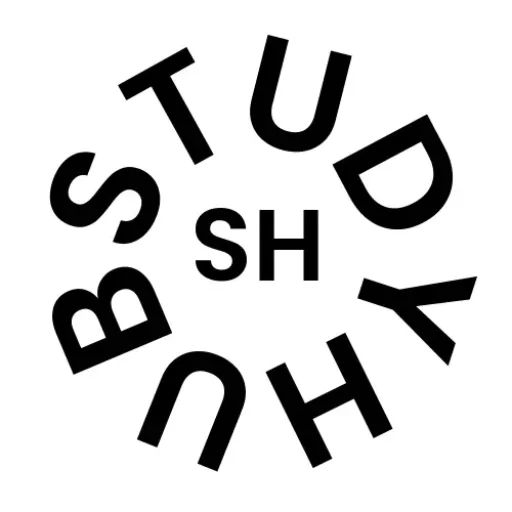
What to Do When You Can’t Sleep
Experiencing difficulty in either initiating or maintaining sleep can result in feelings of frustration and exhaustion. However, prior to resorting to pharmacological sleep aids, it is advisable to explore several evidence-based strategies. Techniques such as progressive muscle relaxation, deep breathing exercises, guided imagery, mindfulness meditation, and other comparable methods offer safe, accessible, and effective alternatives. These practices are not only simple to implement but are also suitable for use within the home environment—even during the middle of the night.
1. Controlled Breathing
Engaging in slow, intentional breathing can induce a state of calm by activating the body’s relaxation response. This technique can be repeated multiple times until you feel sufficiently relaxed to fall asleep or transition to another soothing ritual.
Position one hand over your abdomen and the other across your chest.
Inhale gradually, guiding your breath deep into your lower diaphragm. The hand on your abdomen should rise steadily, while the hand on your chest should remain mostly still.
Exhale softly, allowing your abdominal hand to descend in a natural rhythm.
2. Body Scan Meditation
A widely practiced method for cultivating inner peace and supporting both mental and physical health, body scan meditation involves directing nonjudgmental attention to specific regions of the body. This technique can enhance bodily awareness and reduce tension.
Lie flat on your back in bed with your arms resting comfortably at your sides.
Begin with several cycles of controlled breathing to center your focus.
Direct awareness to the sensations in your feet without categorizing them as positive or negative.
With each deep breath, envision the air traveling to your feet. As you exhale, allow your feet to fade from conscious focus and shift your attention to your ankles and calves.
Continue to sequentially scan upward through your body, eventually reaching the head.
Conclude by observing the entire body as a single entity, while engaging in several deep, grounding breaths.
3. Progressive Muscle Relaxation
Progressive Muscle Relaxation (PMR) is a therapeutic method designed to systematically tense and relax specific muscle groups, aiding in the identification and release of physical tension throughout the body.
Assume a comfortable seated or reclining position, and gently bring your awareness to the rhythm of your breathing.
As you inhale slowly, tightly clench your fists, paying close attention to the sensory feedback generated by the muscular contraction.
On a calm exhale, release the tension in your hands, noticing how the sensation of tightness dissipates from your muscles.
Continue this sequence—contracting muscles during inhalation and relaxing them during exhalation—across the various muscle groups in the body.
4. Imagery
Imagery, often referred to as visualization, is a relaxation strategy that involves mentally constructing soothing and tranquil scenarios to elicit a calm physiological response. This technique may be practiced independently or through the use of guided imagery sessions available via digital platforms or mobile applications.
Settle into a comfortable position and gently close your eyes. Begin with a few cycles of controlled, rhythmic breathing to center your focus.
Envision yourself within a serene, restful environment, such as a secluded beach or a quiet forest clearing.
Vividly imagine a range of pleasant sensory details, and observe how this mental imagery fosters a deepening sense of relaxation throughout your body.
5. The Military Method
For those who require the ability to fall asleep quickly and reliably, regardless of environment, the military sleep method offers a highly effective technique. Originally developed to assist military personnel in achieving sleep amid high-stress or adverse conditions, this method emphasizes rapid physical and mental relaxation.
Begin by releasing facial tension, starting from the forehead and gradually softening the muscles down to the jawline.
Allow your shoulders and arms to relax completely, letting them settle naturally at your sides.
Inhale slowly and deeply, followed by a gentle, unhurried exhalation.
Proceed to relax the lower body, beginning with the hips and thighs, moving downward until reaching the tips of the toes.
With eyes gently closed, visualize a tranquil environment. Should intrusive thoughts arise, calmly repeat a neutral, calming phrase in your mind, such as “be still”, to maintain focus.
